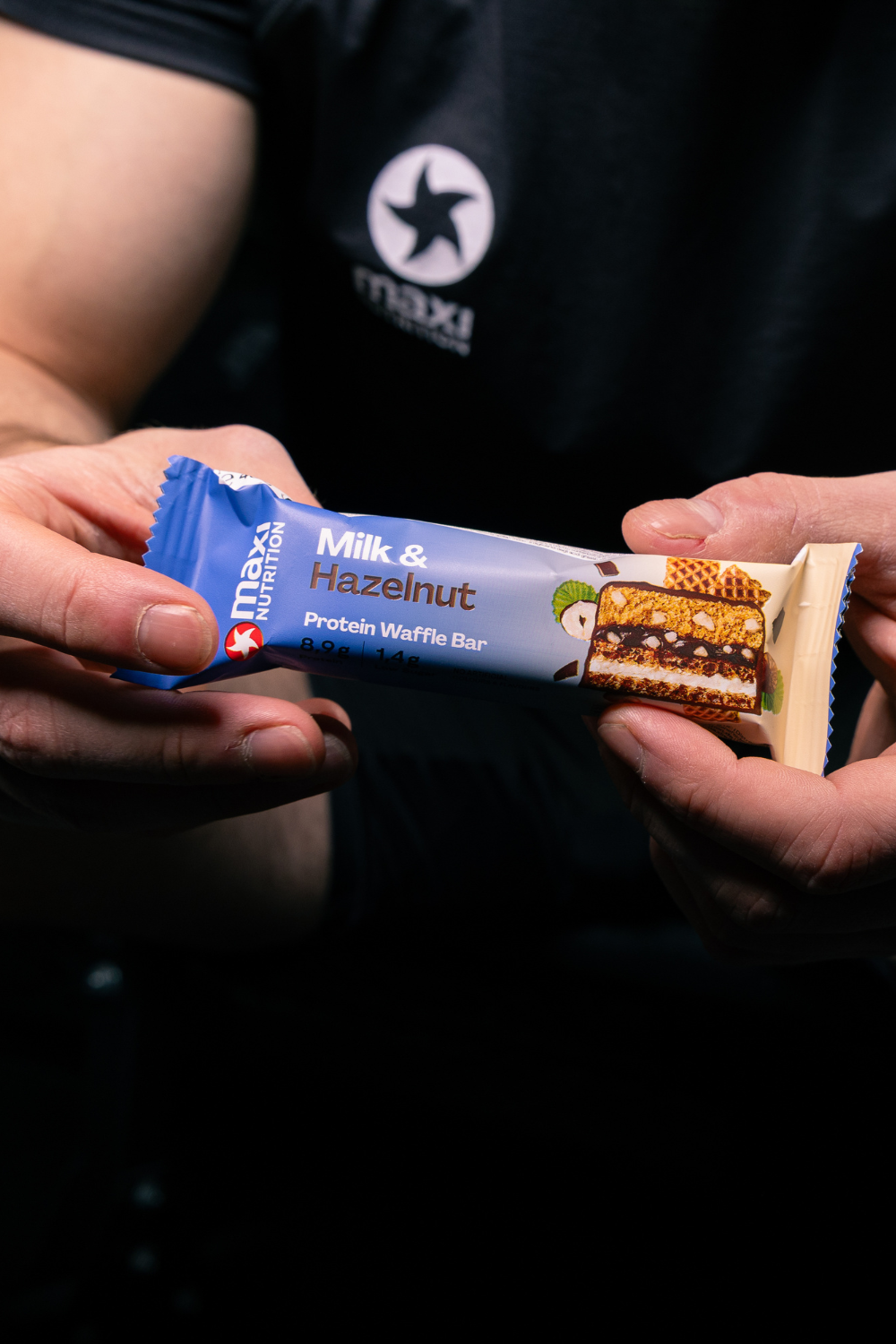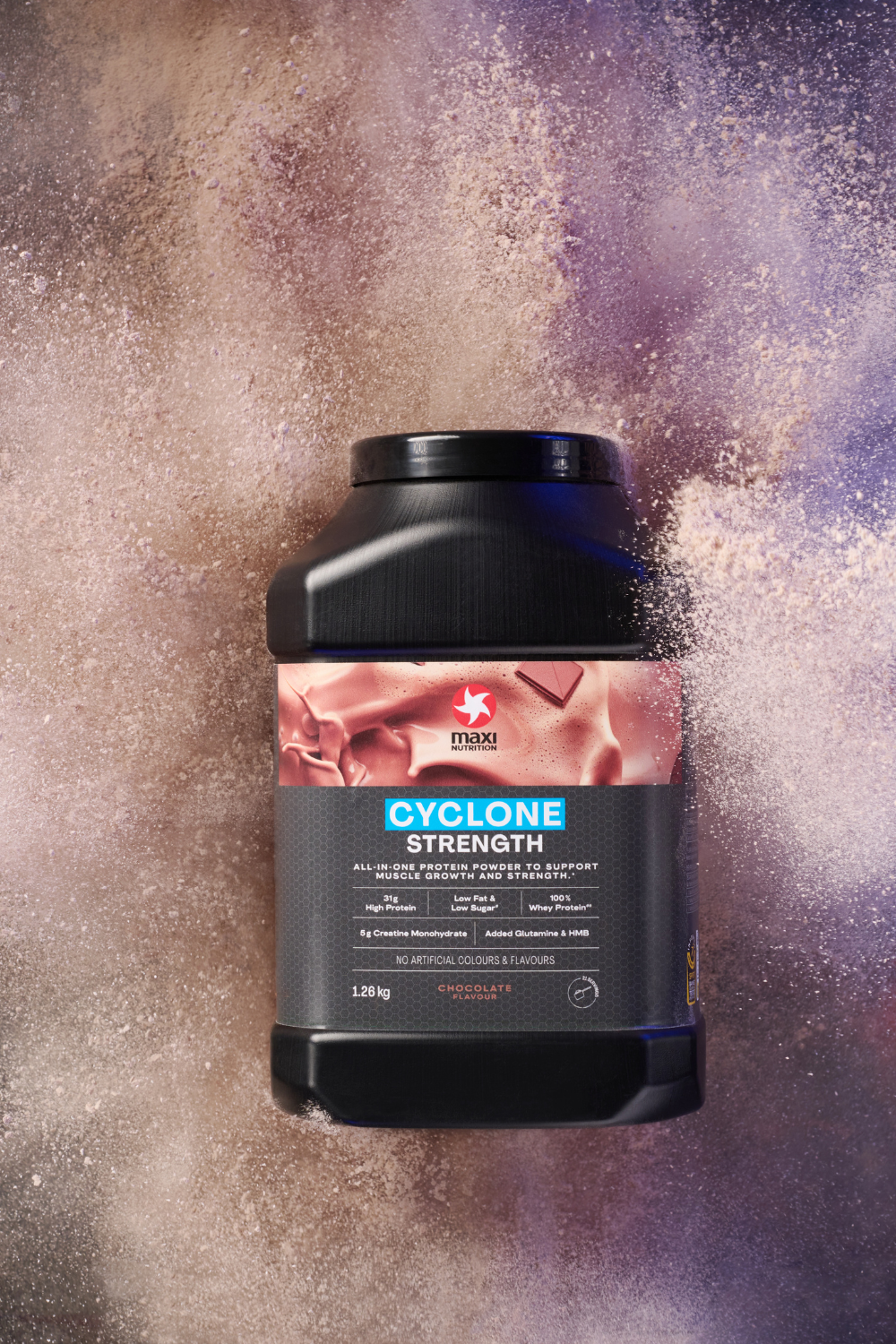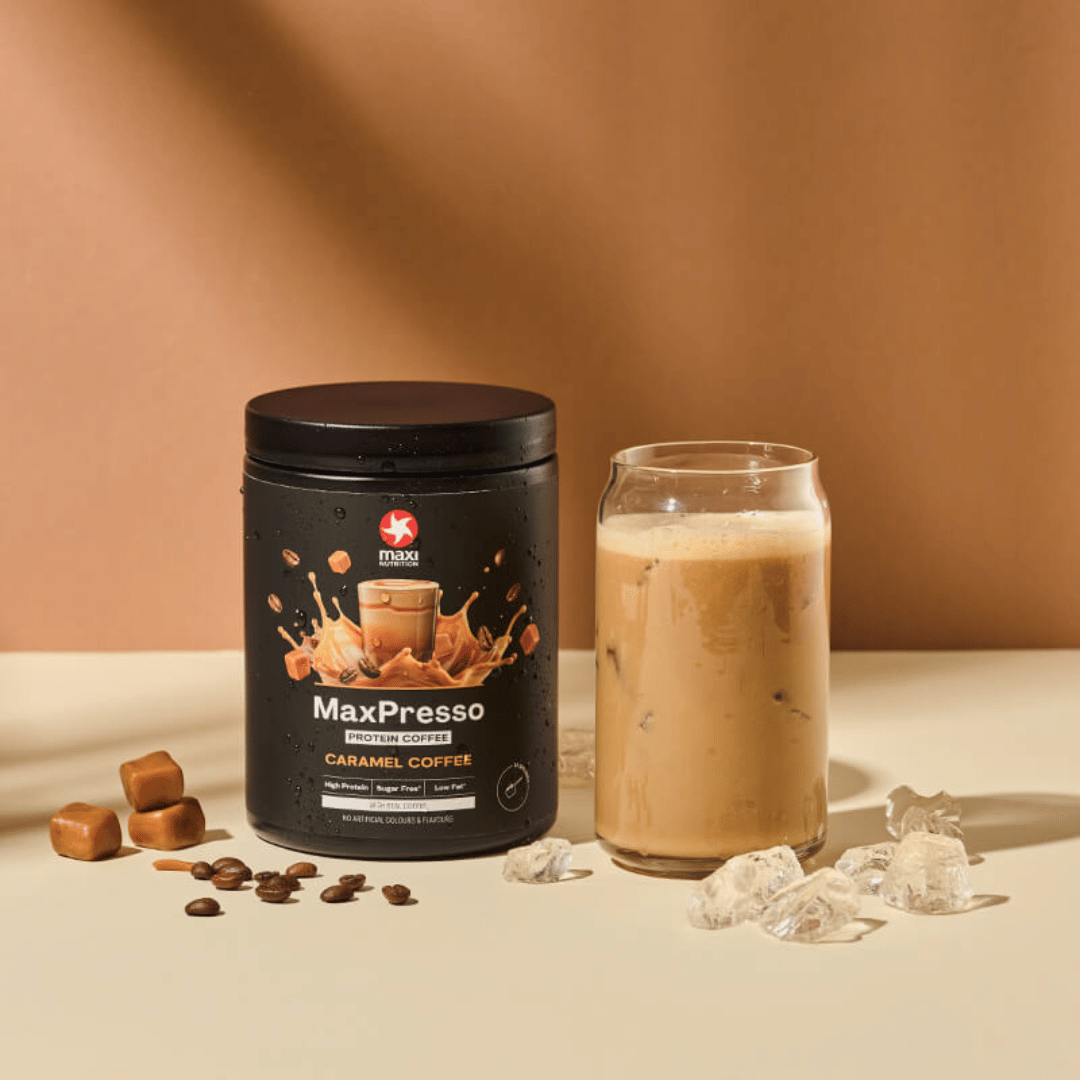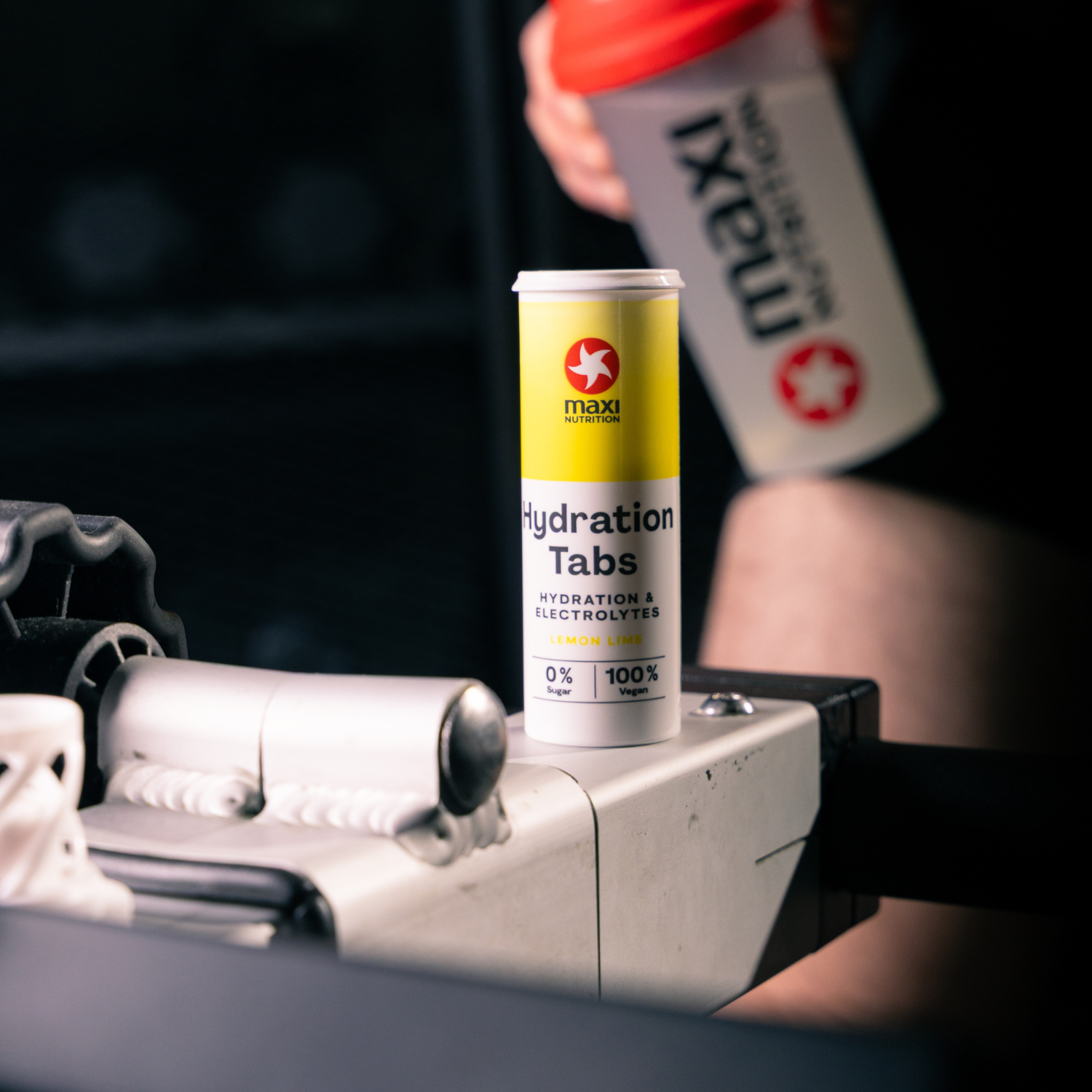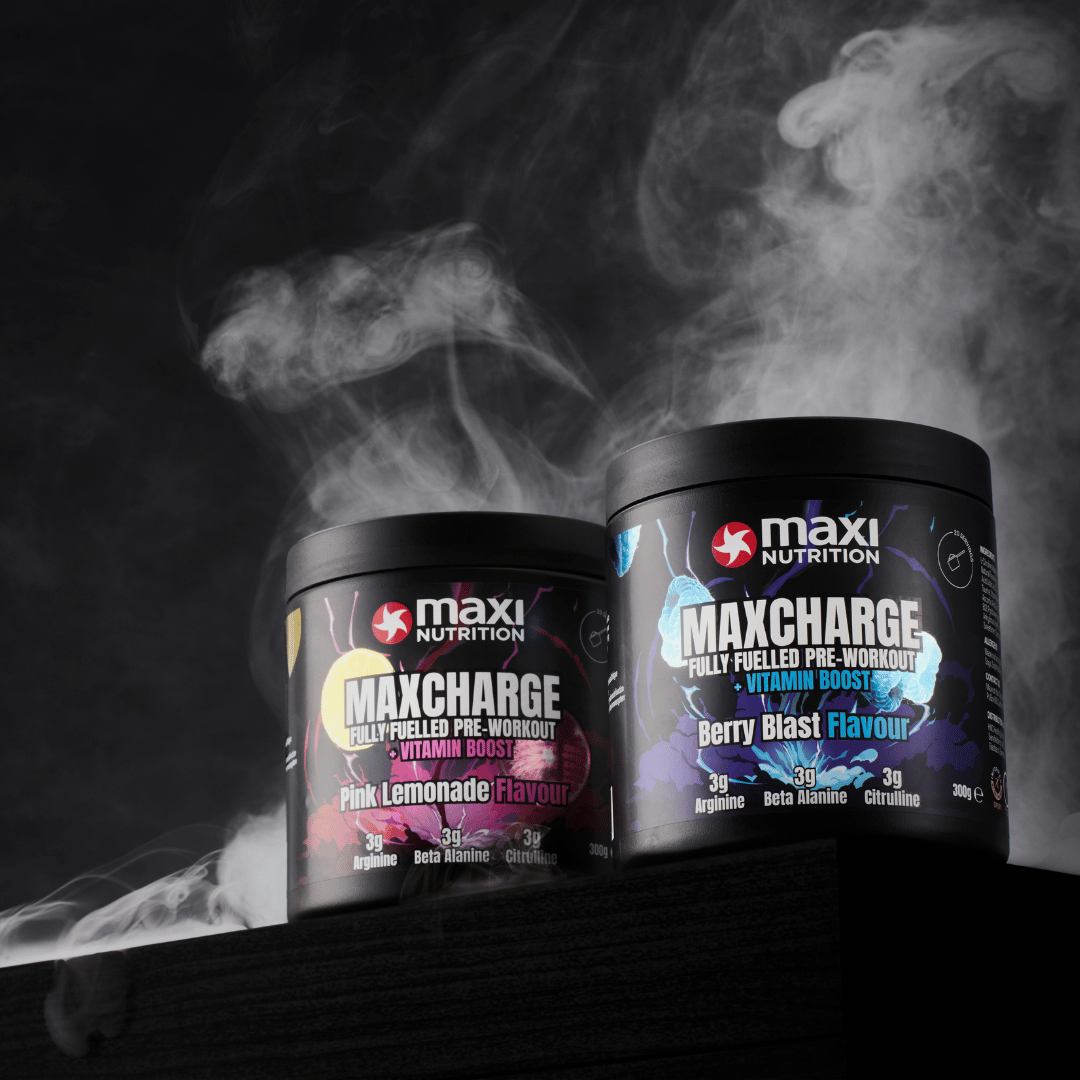To help us better understand the finer points of bulking, we have enlist the help of Maximuscle Ambassador Sean Lerwill. With years of experience within the fitness industry Sean has a wealth of knowledge and shares his views and opinions on the best way to bulk for the Ibiza Challenge.
If you want to add some muscle, someone somewhere has probably told you the you need to go on a “bulk”. If you’re not sure what a bulk is, have a read of this: What is Bulking?.
The most important thing to get right when bulking is your calorie intake. Get this wrong and you’ll either be eating too little (so not actually bulking), or eating way too much and add far more body fat than you intended to. You also need to be consistent. This isn't something to get right for a few days, adding muscle is a slow process. You will need to consistently eat more calories, and meet the required amount of protein, than you need over a period of weeks and months while performing a progressive, intensive and well structured training programme.
As you should be able to tell, a plan is paramount. For bulking, that plan is not just training, it also revolves around a scientifically worked out formula that will allow you to best estimate your calorie needs for your bulk.
There are a number of formulas out there, trial and error shows that many give the same ballpark for most people, though some are better than others for those on the further ends of the scale; very small or quite large.
The equation below is the one I have found to be most accurate and provides good results whether an individual is CUTTING or BULKING.
The Harris–Benedict equations revised by Roza and Shizgal, 1984.
- Men: BMR* = 88.362 %2B (13.397 x weight in kg) %2B (4.799 x height in cm) - (5.677 x age in years)
- Women: BMR* = 447.593 %2B (9.247 x weight in kg) %2B (3.098 x height in cm) - (4.330 x age in years)
*Basal Metabolic Rate
Both these equations also require an activity level estimate to provide the maintenance calories needed by an individual to maintain current weight.
| ACTIVITY LEVELS | |
| Little to no exercise | BMR x 1.2 |
| Light exercise (1-3 days per week) | BMR x 1.375 |
| Moderate exercise (3-5 days/week) | BMR x 1.55 |
| Heavy exercise (6-7 days/week) | BMR x 1.725 |
| Very heavy exercise (twice per day, extra heavy workouts) | BMR x 1.9 |
The above may seem daunting. You are probably thinking of just putting your details into calorie counter app. I would urge you to rethink. The equation above is more accurate to you and will yield better results. It may be a little more hard work interms of mathematics, but its worth it; nothing worthwhile is ever easy.
Let’s take an average male and female and work through the formulas to help you.
MALE:
Age 25, Weight 75 kg, Height 178 cm. He trains at the gym 3-4 days a week and plays 5 a side football on one evening a week.
BMR = 88.362 %2B (13.397 x 75) %2B (4.799 x 178) - (5.677 x 25)
BMR = 1805.434 kcal
His activity level is x 1.55
Maintenance calories = 1805.434 x 1.55 = 2798.423 kcal
FEMALE:
Age 22, Weight 52 kg, Height 165 cm. She trains at the gym 2-3 days a week and does yoga 1-2 days a week.
BMR = 447.593 %2B (9.247 x 52) %2B (3.098 x 165) - (4.330 x 22)
BMR = 1344.347 kcal
Her activity level is x 1.55
Maintenance Calories = 1344.347 x 1.55 = 2083.738 kcal
For both examples, this is just their maintenance calories or activity adjusted amount. What they need to neither gain nor lose weight with their current age, weight, height and lifestyle/activity level. We now need to increase this amount to create calorie surplus to ensure they will be gaining weight i.e. bulking. Hopefully mostly from muscle, due to the intense and well planned training they will be undergoing.
At this point, you need to decide if you want a slow bulk over a longer period, or a faster bulk over a shorter period. Either way, I wouldn’t suggest a calorie increase of more than 20% considering the types of food you will be eating. These will make bulk a Clean or Dirty bulk (link to previous article for explanation). For a slower bulk, an increase of 10-15% Calories is advisable.
Let’s work through our examples again:
MALE:
He wants to bulk quickly over 6-8 weeks so he can then cut for his summer holiday in 12 weeks.
His maintenance Calories are 2798.423 kcal
We will increase this by 20% (to do so we multiply by 1.2)
2798.423 x 1.2 = 3358.108 kcal
FEMALE:
She wants to bulk more slowly as she doesn’t want to risk adding too much body fat over the next few months.
Her maintenance Calories are 2083.738 kcal
We will increase this by 15% (to do so we multiply by 1.15)
2083.738 x 1.15 = 2396.298 kcal
As you can see from both examples, the calorie amounts are WELL above the recommended daily allowance (RDA) of 2500 kcal for men and 2000 kcal for women - 30% more for our male example and 20% more for our male example but bear in mind that the RDA amounts are based on a diet for health and not for the exercising population. From this, you can see why so many people who work incredibly hard with resistance weights programmes at the gym don’t see any results if they are sticking to, or just below the average recommend allowances. We need a surplus to promote a training adaptation and produce the desired results. This is one of the reasons why many men give up at the gym; they simply aren’t eating enough to support their goal.
Although not something for this article and it is second to overall calories but the macro makeup of those calories is also important. For example, protein is the key nutrient to support muscle growth.
Use the formulas laid out above to work out your calorie needs and ensure you are consistent with your calorie intake. A good way to do this is to use a calorie counter like MyFitnessPal on your phone, inputting everything you eat through the day, everyday. You also need to have a good training regime while remembering, it’s a marathon, not a sprint so give yourself at least a month, if not two or three to see the results take place. Taking measurements around specific points on your body (stomach, chest, arms, things), weight readings and photographs each week will also help you monitor your progress.
BACK TO THE BULKING ZONE

